Painting panelling is a simple and effective way to enhance a scheme. It can be used either to add textural interest or to create a focal point.
Explore the different ways you can use panelling, whether in schemes that recall its historic use or in sleek contemporary designs.
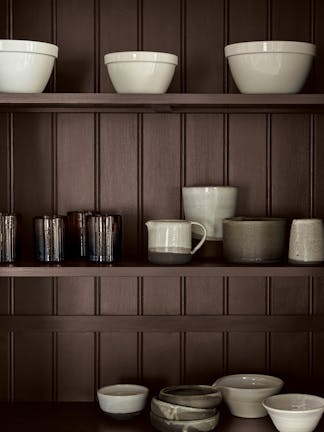
How to Paint Wall Panelling
Whether you have existing architectural features or are creating panelling for your home, follow our painting tips to ensure you achieve a beautiful finish.
- Fill any holes or imperfections in the panelling and lightly sand to a smooth consistent finish.
- Rub down all areas with a medium-grade, high-quality sandpaper.
- Use Decorators Caulk to fill any gaps within the inserts and joints of the panelling. Make sure to follow the manufacturer’s instructions as drying times and other factors may differ between brands. If your panelling has grooves, caulk between the gaps for the smoothest appearance. For MDF panelling, the grain may raise slightly. We recommend simply sanding this gently by hand.
- Remove all dust and make sure all surfaces to be painted are clean. Once dry, rub down the panelling with either a 240 grit sandpaper or a decorating sanding pad.
- Apply one coat of Intelligent Matt Emulsion to both the panelling and wall. For larger areas, we'd recommend applying the paint with a roller.
- Allow the paint to dry for 4 hours before gently rubbing down the panelling once again. Then apply the final coat of Intelligent Matt emulsion.
How to incorporate panelling designs within your scheme
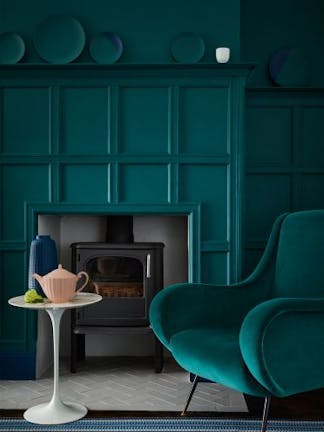
Add textural interest by painting panelling in one strong shade
Whether you have a period home with authentic features or you’re keen to embark on a DIY project, panelling is perfect for adding character to a space.
Use bolder shades such as Mid Azure Green or Scree to create impact in dining rooms, bedrooms or living areas.
Wall and Panelling: Mid Azure Green
Skirting: Royal Navy
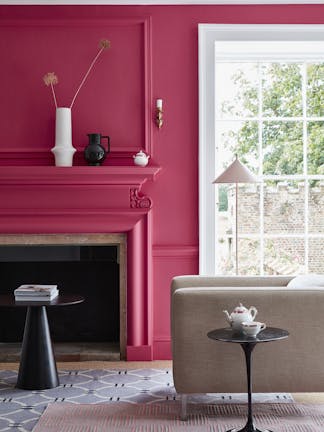
Enhance colour-drenching schemes with decorative panelling
In the decadent courts of 17th century France, panelling began to reflect a taste for ornate design. Evoke this era in your own home by using decorative panels in an all-over scheme.
Pair a vibrant colour like Leather with understated panels. Alternatively, use rich hues such as Chocolate Colour for a cocooning feel.
Walls and Fireplace: Leather
Ceiling and Window Frame: Loft White
Learn more about embracing colour drenching in your home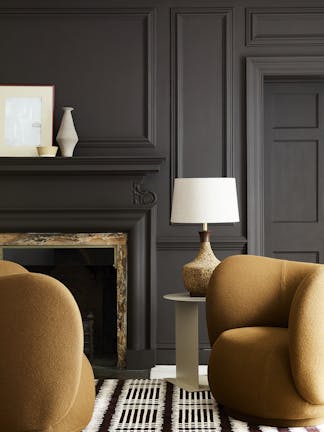
Walls: Chocolate Colour
Woodwork: Chocolate Colour
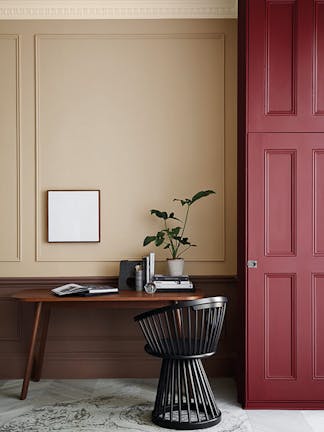
Create a focal point within a harmonious colour scheme
Creating a focal point is a great way to add impact to a space. Draw the eye towards a certain colour or area of the room by shaping panelling in large squares.
Consider pairing Castell Pink or Scullery with complementary shades from our Stone collection to create an elegant tonal scheme.
Ceiling and Cornicing: Ferdinand
Upper Wall: Castell Pink
Lower Wall: Arras
Skirting and Shutters: Nether Red
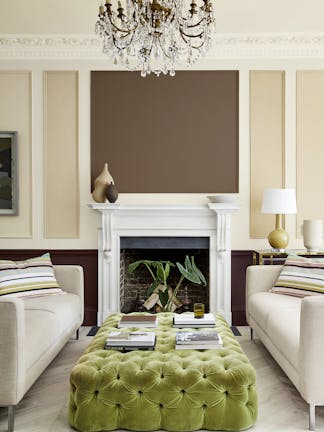
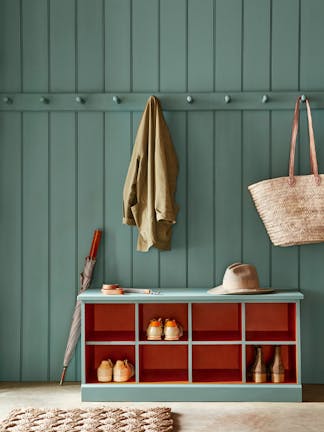
Use vertical panels for a characterful, rustic design
Vertical style panelling is reminiscent of country farmhouses and is perfect for adding personality to functional spaces. For a boot room.
Here, our resonant teal, Pleat, is paired with the strong burnt orange, Heat. A rustic, pared-back kitchen scheme features vertical panels painted in one dark and profound shade, for example, Chimney Brick.
Wall, Peg Rails and Unit: Pleat
Shelving: Heat
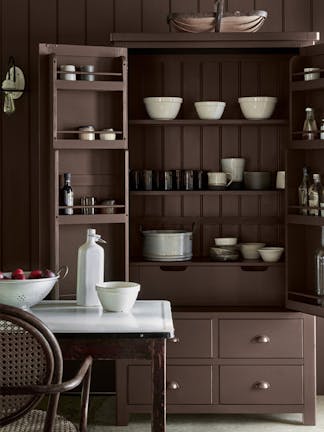
Wall and Sideboard: Chimney Brick
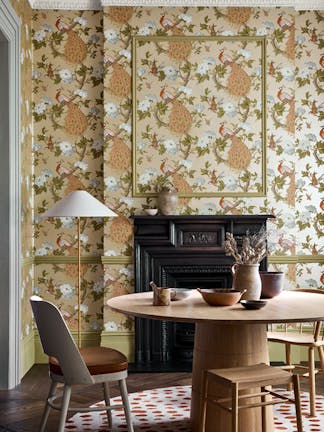
Pair panelling with wallpaper to create a striking space
Panelling is a great tool for providing your wallpaper scheme with added textural depth and intrigue. In this bedroom space, Hencroft – Pink Primula wallpaper is hung inside wooden panelling painted in Pea Green.
Panelling can also be placed over wallpaper to enhance its design. Wooden framing is painted in Boxington and Sage & Onions to complement out the respective colours in these wallpaper designs.
Walls: Pavona - Gina
Ceiling: Linen Wash
Architrave: Urbane Grey
Framing and Skirting: Boxington
Explore more inspiring wallpaper panelling schemes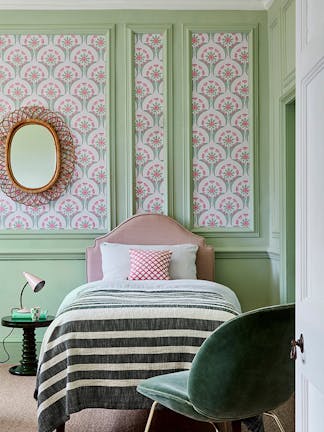
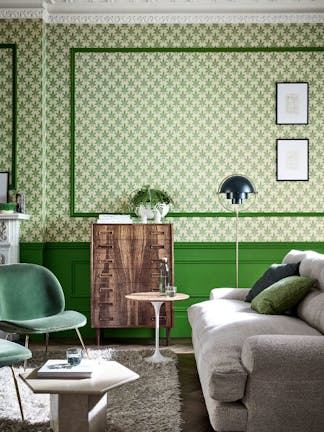
Find more panelling paint ideas in our inspiration gallery.





